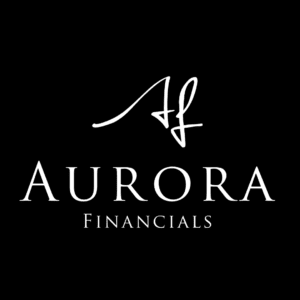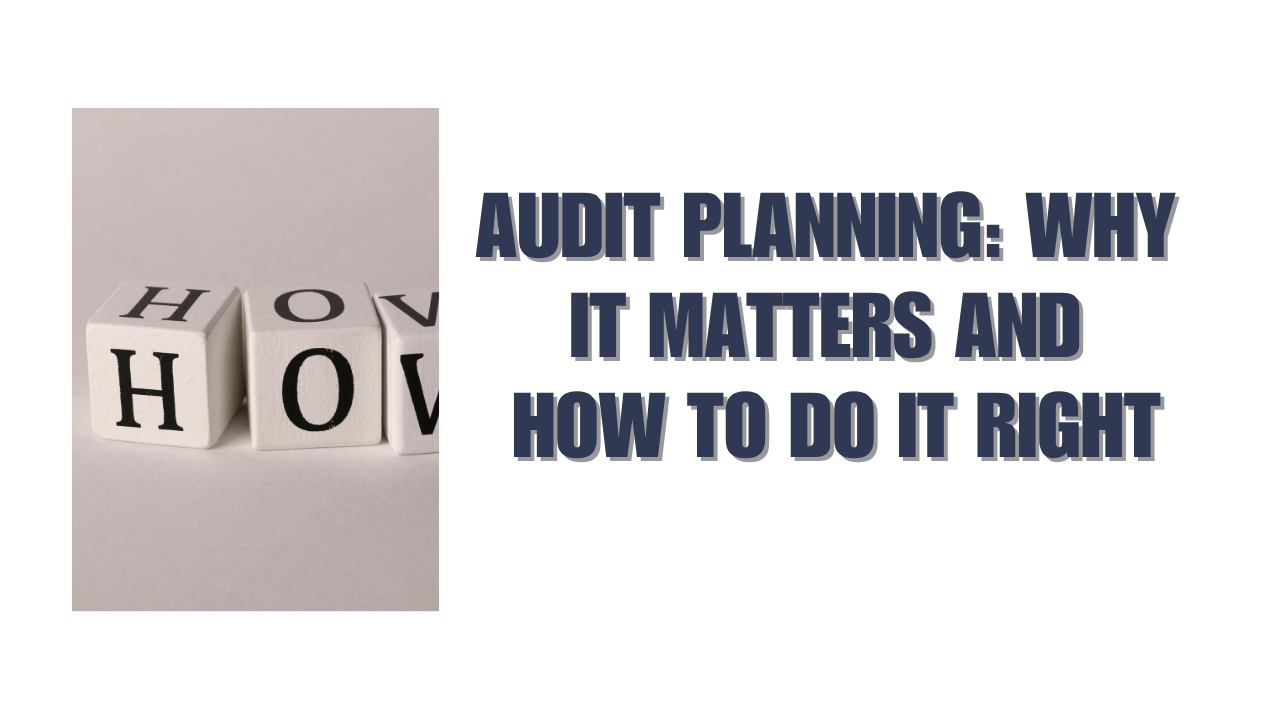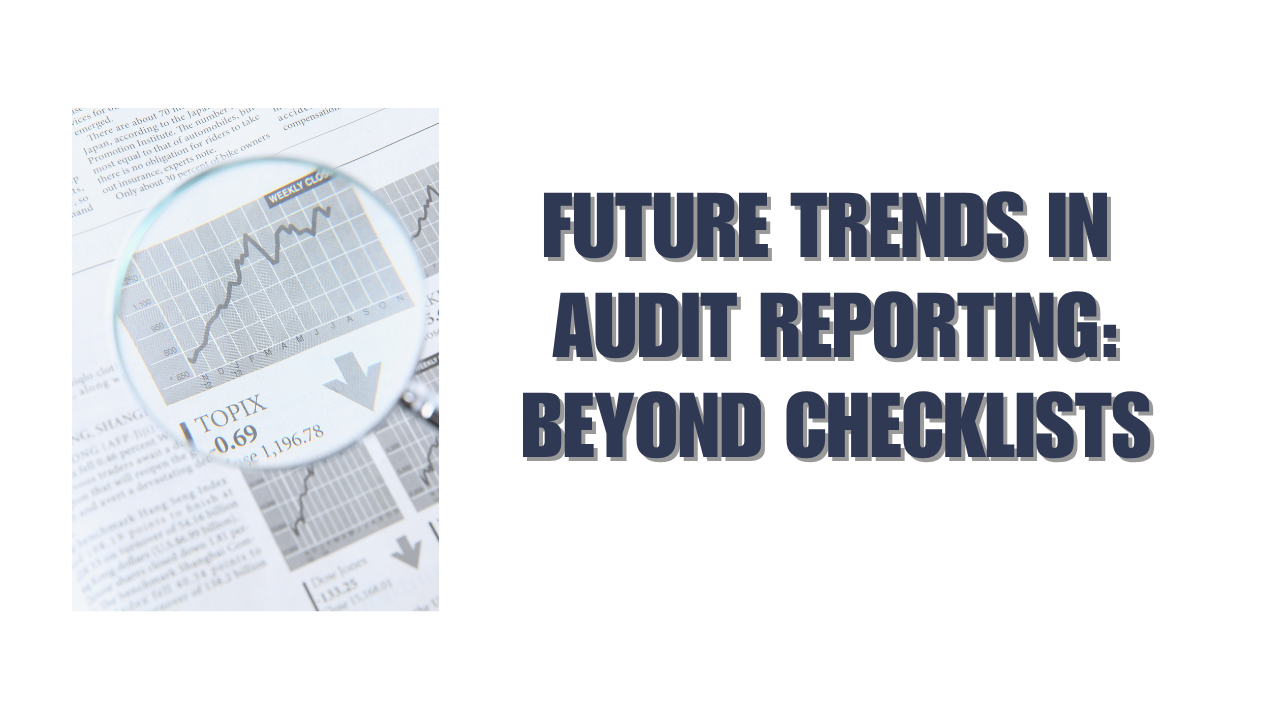Cybersecurity leads audit committee best practices in today’s digital world. A recent survey reveals that the majority of audit committee members consider it one of their top three priorities next year. Half of these members rank cybersecurity their biggest concern. Audit committees’ responsibilities have grown beyond financial statement oversight and now extend into complex risk management areas.
The numbers tell an interesting story. Many audit committees hold quarterly cybersecurity discussions. This shows how cybersecurity ranks among other essential priorities. Organizations must update their audit committee charters to reflect this broader scope. They need proper enterprise risk management (ERM) and strong finance and internal audit teams. Nonprofit organizations follow these same guidelines but must also focus on donor accountability and staying true to their mission.
Strong audit committee reporting serves the same purpose across all sectors. The committee protects assets, maintains control systems, handles risks, and ensures accurate financial reports. Nonprofit audit committees particularly emphasize building effective control systems within their organizations. This piece explores ways audit committees can build stronger governance while tackling challenges in fast-growing environments.
Defining Audit Committee Scope in High-Growth Environments
Audit committees are the life-blood of corporate governance in high-growth companies. They play a significant role in building stakeholder trust and ensuring financial integrity. The scope of audit committee responsibilities has grown by a lot in recent years. The ever-changing world of high-growth companies creates unique challenges that need carefully defined committee roles and responsibilities.
Clarifying roles in fast-scaling companies
Audit committees in fast-scaling companies do more than traditional oversight. These committees now keep track of internal controls, risk management, and external audit processes. Their responsibilities now include cybersecurity (53%), data privacy security (48%), ethics and compliance (48%), and third-party risk management (47%).
Independence is a vital requirement to work effectively. Independent members tend to maintain a skeptical mindset and challenge management when needed. High-growth companies seeking capital find great value in having a dedicated audit committee. Independent directors with expertise in corporate governance and financial management should run these committees.
A clear reporting structure makes a big difference. Internal audit departments should report directly to the audit committee. Even the CFO should maintain a dotted line to the committee for audit-related matters. This setup will give proper oversight and accountability during rapid growth periods.
Audit committee charter best practices for growth-stage firms
A well-laid-out audit committee charter forms the foundations for effective governance in growth-stage firms. The charter shows the committee’s steadfast dedication to shareholders and outlines required actions. High-growth companies should pay special attention to certain elements:
- State-specific requirements: The charter should include all relevant state regulations
- Meeting documentation: Clear requirements for detailed minutes of all committee meetings
- Executive session protocols: Clear procedures for private meetings with specific parties
- Legal counsel authority: Provisions that let the committee ask outside legal counsel independently when needed
- Self-evaluation process: Regular effectiveness assessments built into the charter
Legal counsel, management, internal auditors, and external auditors can give an explanation while updating the charter. Regular reviews help ensure the charter stays relevant as the company grows.
Balancing oversight with agility
Effective oversight without slowing down high-growth environments creates a real challenge. Audit committees need to balance heavy regulatory mandates with growing stakeholder expectations. This balance becomes critical as committees handle more responsibilities beyond financial oversight.
The ideal size for an audit committee is around four members. This size provides diverse viewpoints while making discussions and scheduling easier. At least two members should be financial experts to ensure proper expertise.
Audit committees can stay nimble through careful agenda planning that aligns with charter requirements. A management liaison helps handle the agenda-setting process and any changes throughout the year. Planning agenda topics and time slots for all scheduled meetings at the start of each year lets committees handle both routine matters and take a closer look at selected topics.
High-growth companies benefit from regular reviews of their audit committee’s performance. Boards should use resilient assessment criteria to review the committee’s roles, dynamics, and member performance, whether done internally or externally.
Financial Reporting and Disclosure Oversight
The audit committee plays a vital role in overseeing financial reporting as part of its governance responsibilities. NYSE and Nasdaq listing standards require audit committees to meet with management and independent auditors about annual audited financial statements and quarterly financial statements. This core duty needs well-laid-out processes to ensure accuracy, transparency, and compliance.
Reviewing earnings releases and SEC filings
Audit committees must review earnings releases, SEC filings with financial information, and other financial data given to analysts and rating agencies regularly. Committee members should ask detailed questions about key accounting decisions, unusual transactions, and reporting consistency before quarterly and annual filings.
The SEC made it mandatory for companies to have their interim financial statements reviewed by an independent public accountant before filing Forms 10-Q or 10-QSB after Section 165h of the Dodd-Frank Act passed. This rule helps identify and resolve material accounting issues early because auditors get involved sooner in the year.
The audit committee needs to verify that all information appears fair and transparent in every communication. They should check if the information, tone, and messaging stay consistent throughout filings and press releases.
Internal Controls and Risk Management Integration
Internal controls are the foundation of public and investor confidence in capital markets. High-growth companies must evolve their risk management as they grow faster. Their approach should shift from scattered processes to complete frameworks that tackle emerging threats head-on.
Internal control over financial reporting (ICFR) in scaling operations
Business growth and operational complexity make it harder to design and maintain effective ICFR. High-growth companies face this challenge more intensely when rapid expansion puts pressure on existing control structures. These organizations struggle with limited qualified personnel. This makes it hard to properly separate duties across processes.
Management override risk poses a major concern. This is particularly true for smaller or fast-growing companies where officials directly handle operations and record transactions. Audit committees must ensure strong control systems despite growth pressures. These systems should provide reasonable assurance that financial statements follow GAAP and stay free of material misstatements.
COSO framework application in high-growth companies
The Committee of Sponsoring Organizations (COSO) Internal Control-Integrated Framework got updated in 2013. It helps organizations build and implement internal controls as business environments change. The framework has five connected components:
- Control Environment
- Risk Assessment
- Control Activities
- Information and Communication
- Monitoring Activities
The framework helps high-growth companies build confidence in data and information beyond just compliance. It expands internal control use to cover both operations and reporting goals. These become crucial points as organizations expand rapidly.
Third-party risk and outsourced service providers
Third-party service provider relationships have changed substantially. They bring new risks that could affect financial stability if left unchecked. Audit committees should watch processes that spot critical third-party services. They need to manage potential risks throughout the relationship lifecycle.
Management should run continuous monitoring programs for third-party providers. Control reports like ASAE 3402 or SOC become essential. These vendors now play a key role in the organization’s control environment.
Enterprise risk management (ERM) alignment with audit scope
ERM frameworks offer structured, consistent processes that benefit organizations. They identify, assess, and report on opportunities and threats affecting objectives. Audit committees can help turn risk management activities into strategic, value-based processes through proper integration.
Internal audit provides risk management assurance while ERM works with the business to understand and assess risks. These functions working together leads to better efficiency, sharper decisions, and improved results.
Cybersecurity and Fraud Risk Monitoring
A recent study shows 85% of CEOs consider strong cybersecurity vital to business growth. Audit committees now see cybersecurity as more than just defense – it’s a strategic asset that needs systematic oversight across multiple areas.
Cyber risk oversight under SEC 2023 disclosure rules
The SEC adopted new rules in July 2023 that changed how companies handle cybersecurity disclosures. Companies must now report significant cybersecurity incidents on Form 8-K within four business days of determining their importance. The rules also require details about the board’s role in cybersecurity risk oversight. Companies need to name any committee responsible for this oversight and explain how their board stays informed about these risks.
Fraud risk mapping and management override controls
Executives pose a unique fraud risk because they can bypass effective controls to manipulate accounting records and create fraudulent financial statements. Audit committees should focus on three key areas to tackle this risk. They need to test journal entries, look at adjustments during financial reporting, and check unusual transactions. Auditors must stay skeptical throughout their reviews. When they find misstatements, they should check if these point to fraud since fraudulent activities rarely happen in isolation.
Whistleblower programs and reporting hotlines
Whistleblower tips remain the most effective way to catch fraud schemes – that’s what research tells us. TRUST forms the foundation of any successful whistleblower hotline program. Most companies (72%) protect whistleblowers through anti-retaliation policies, and 55% have channels to address retaliation concerns. The biggest problem lies in training – just 44% of managers learn how to spot, prevent, and handle potential retaliation.
SOC for Cybersecurity and external assurance options
Cyberattacks happen every 39 seconds. The AICPA’s SOC for Cybersecurity framework helps companies assess and share their cybersecurity risk management efforts. These evaluations differ from SOC 2 reports because they can be shared publicly without revealing sensitive data. Companies that use this framework see better security, faster operations, more credibility through third-party validation, and an edge in markets where security matters.
Audit Committee Reporting and External Auditor Oversight
Trust is the foundation of a good relationship between audit committees and external auditors. Audit committees serve as gatekeepers to protect investors from financial misstatements, and they need clear protocols for reporting and auditor oversight.
Audit committee reporting best practices in proxy disclosures
The SEC requires proxy statements to have an audit committee report. This report must state if the committee has reviewed financial statements with management and talked about required matters with independent auditors. The committee needs to confirm they got independence disclosures and recommended including audited statements in Form 10-K. Many organizations go beyond these basic requirements with extra disclosures. Companies now share specific details about their audit committees’ work in overseeing external auditors. Studies show that firms with audit committees that report strong oversight have higher audit quality as measured by discretionary accruals and fewer restatements.
Evaluating auditor independence and performance
The audit committee’s yearly assessment should look at the auditor’s qualifications, expertise, resources, effectiveness, and independence. A good evaluation needs reports about the audit firm’s internal quality control procedures. The committee should think about:
- The auditor’s disclosure and discussion of relationships that could affect objectivity
- Non-audit services meeting statutory requirements and company policies
- Proper safeguards used during permitted non-audit services
Private sessions with internal and external auditors
Private sessions let auditors speak openly about sensitive matters. These meetings help explore management’s approach to financial reporting, internal controls, ethics, values, and integrity. Private sessions might seem less transparent because management isn’t there, but making them part of regular processes helps reduce tensions. The audit committee should meet with external auditors separately from internal auditors once a year at least.
Fee disclosures and preapproval policies
SEC rules require disclosure of fees paid to independent auditors for current and prior years, with descriptions of non-audit service fees. The audit committee’s preapproval policies must be described or included in full. Before auditors can provide non-audit services, the audit committee must approve these tasks or follow set preapproval policies. The PCAOB states that “Independence is a shared responsibility between the entity under audit, its audit committee, and its auditor”.
Conclusion
Audit committees are the life-blood of strong governance frameworks, especially when high-growth companies navigate complex regulatory landscapes. This piece explores how these committees balance traditional financial oversight responsibilities with emerging priorities. Cybersecurity remains the top concern for most committee members.
Success just needs clear role definition and reporting structures that encourage independence while you retain control of operational agility. These committees should establish reliable processes to review financial statements, earnings releases, and SEC filings. They must avoid creating bureaucratic bottlenecks that might slow growth.
The committees face mounting pressure to combine smoothly risk management frameworks like COSO with internal control systems as organizations scale. This integration becomes vital to manage third-party relationships and cybersecurity threats that evolve faster in today’s digital world.
Strong governance foundations rely on whistleblower programs, fraud detection mechanisms, and external auditor relationships. Organizations build stakeholder trust and ensure compliance with expanding disclosure requirements when committees implement these elements properly.
Audit committees that accept new ideas and best practices outlined here will position their organizations to grow sustainably. They safeguard assets through proper controls while supporting strategic objectives that lead to organizational success. High-growth companies benefit from this balanced approach as they scale operations without compromising governance quality or regulatory compliance.
FAQs
Q1. What are the top priorities for audit committees in high-growth companies?
Audit committees in high-growth companies should prioritize cybersecurity, financial reporting oversight, internal controls, risk management integration, and external auditor relationships. They must balance traditional responsibilities with emerging priorities while maintaining operational agility.
Q2. How can audit committees effectively oversee cybersecurity risks?
Audit committees should ensure compliance with SEC disclosure rules, implement robust cybersecurity risk management strategies, and consider external assurance options like SOC for Cybersecurity. They should also oversee the board’s cybersecurity risk oversight and stay informed about potential threats.
Q3. What role do audit committees play in financial reporting and disclosure?
Audit committees are responsible for reviewing earnings releases, SEC filings, and financial statements. They should focus on ensuring accuracy, transparency, and compliance with regulations. Special attention should be given to non-GAAP measures and segment reporting to maintain consistency and adherence to accounting standards.
Q4. How can audit committees address fraud risks in high-growth environments?
Audit committees should implement fraud risk mapping, establish strong management override controls, and maintain effective whistleblower programs. They should ensure proper testing of journal entries, review unusual transactions, and foster a culture of professional skepticism among auditors.
Q5. What are best practices for audit committee reporting and external auditor oversight?
Audit committees should enhance proxy statement disclosures beyond minimum requirements, regularly evaluate auditor independence and performance, conduct private sessions with internal and external auditors, and implement clear fee disclosure and preapproval policies for non-audit services. These practices help build trust and ensure effective oversight of the external audit function.






